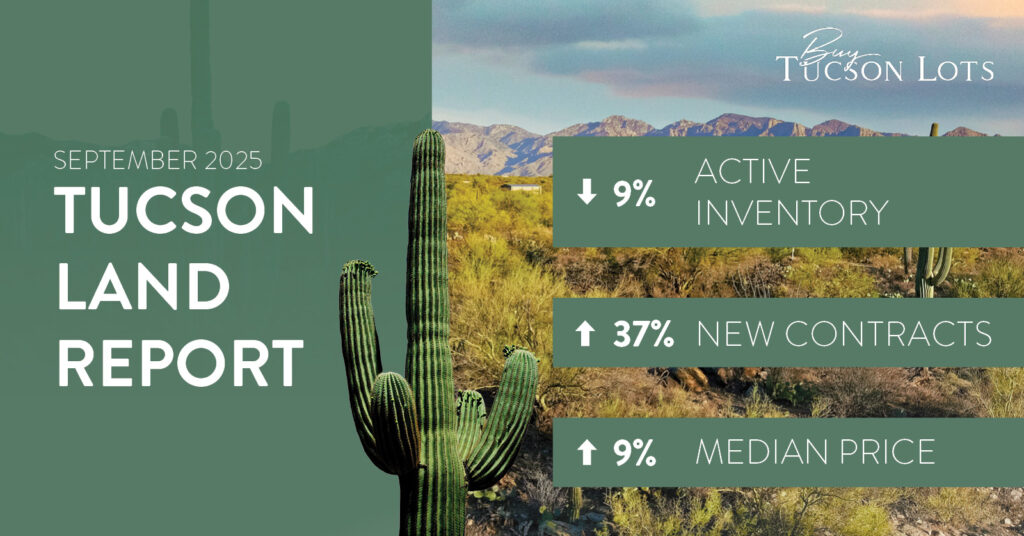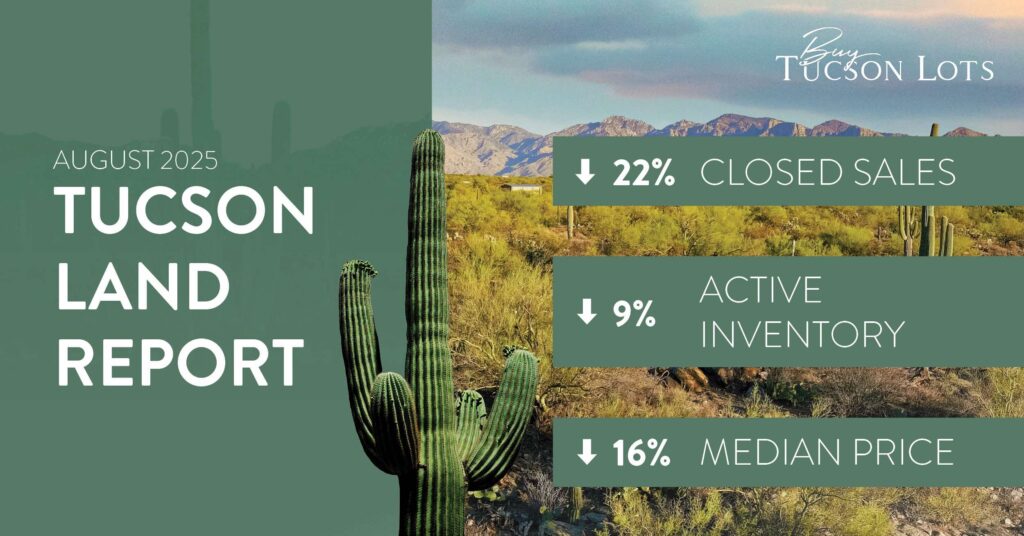As you make plans to build your new home, you may not spend much time considering how you’ll manage the temperature. After all, it’s pretty straightforward, right?
Maybe. But maybe not.
These days, there are a number of systems you can choose from to manage your home’s temperature and each has its own benefits.
Take a look at our list. Which one is best for you and your family?
Traditional HVAC Systems
Traditional HVAC systems may be the “old” solution to maintaining a preset temperature but they certainly still get the job done. These systems usually last 15-20 years if well maintained and are well suited for ranch-style and smaller homes.
Thanks to modern technology, you can still “upgrade” your HVAC system. Thermostats can get pretty fancy these days and you don’t have to feel stuck with the old school single-setting, on demand wall mount.
Thermostat providers like Nest and Honeywell offer options that incorporate a Wifi connection so you can control your home temperature from anywhere with a few taps on your smartphone. You can even receive alerts and reset your system if there’s an issue – all from afar. Nest is, by far, one of the more advanced thermostat systems that not only offers Wifi control but it also learns your habits and preferences, eventually erasing the need for you to make changes at all.
Geothermal Pump Systems
Geothermal pumps utilize a series of looped, liquid-filled pipes (called heat exchangers) that are laid approximately 10 feet underground – where the earth maintains a temperature of about 54°F year-round. This temperature remains constant across the globe, making this system a great solution for just about anywhere.
The geothermal pumps transfer heat directly to or from the ground based on where you’ve set your thermostat temperature. The liquid-filled pipes “pull in” the warmer or cooler air from underground and then push the air back into your home’s heating and cooling system. The HVAC takes over and further heats or cools the air before sending it through your air and heat ducts accordingly.
These systems are typically more expensive to install but they’re much more energy efficient and pay for themselves within just a few years.
Ductless Systems
Ductless systems, also called “ductless mini-splits,” are wall-mounted units that can be set to heat or cool a specific area of a home. As their name suggests, they do not use a duct system and instead blow warm or cool air directly from the mounted unit.
Like geothermal pumps, these systems are expensive to install on the front end but they’re much more energy efficient. Moreover, they’re excellent options for homes with all-season rooms or for homeowners that build onto their existing structure. Instead of extending the ductwork into the home addition, the mini-split systems allow for a more cost-effective, simpler solution.
Zoning Systems
Zoning systems are well suited to large homes, especially those with multiple levels or that are particularly spread out. A zoning system allows you to better control the temperature in multiple areas of your home – even choosing to set different temperatures in each zone.
Though these systems can often be controlled from a single HVAC, they require more than a single thermostat. To manage the different temperature settings, “dampers” in your system – commanded by electrical currents – open and close accordingly. Zoning systems make it easier than ever to keep everyone happy!
There are so many things to consider and choices to be made when building a new home. Don’t get overwhelmed with the process – enjoy it! No matter what you choose, it’s sure to be the right fit for your family.
Not sure where to build? Let the Buy Tucson Lots team help you find your perfect place! Check out our current land listings.







